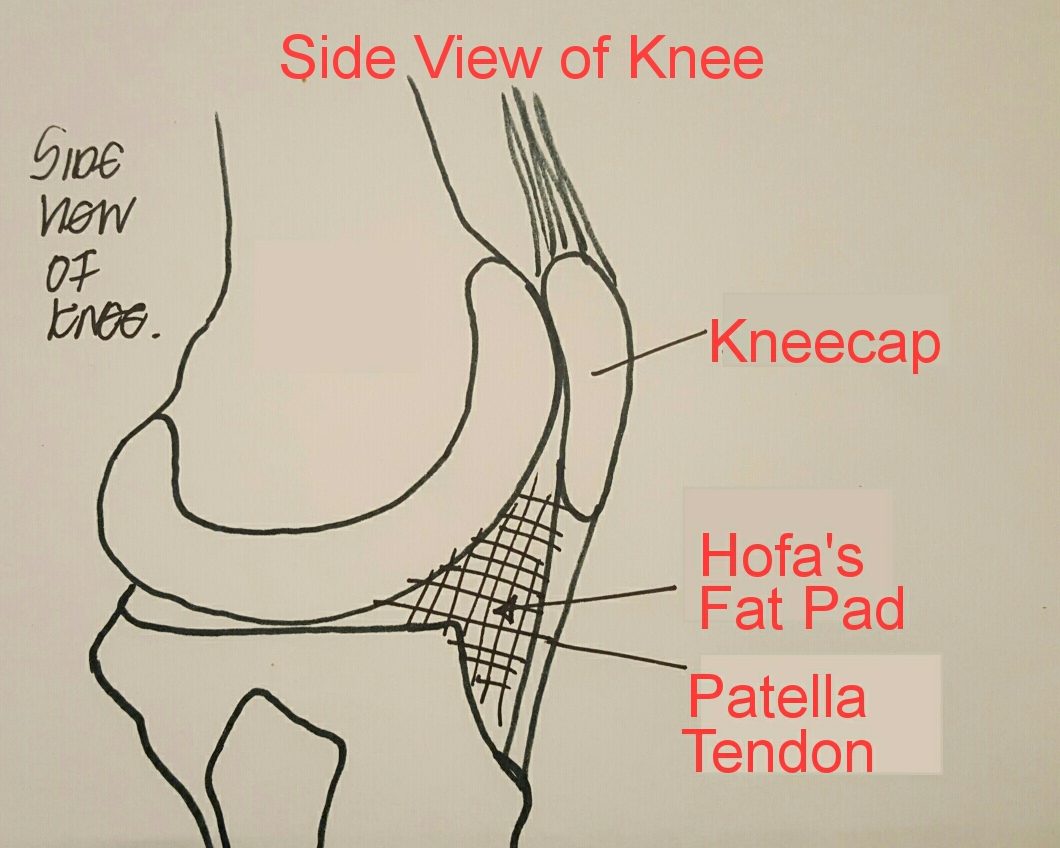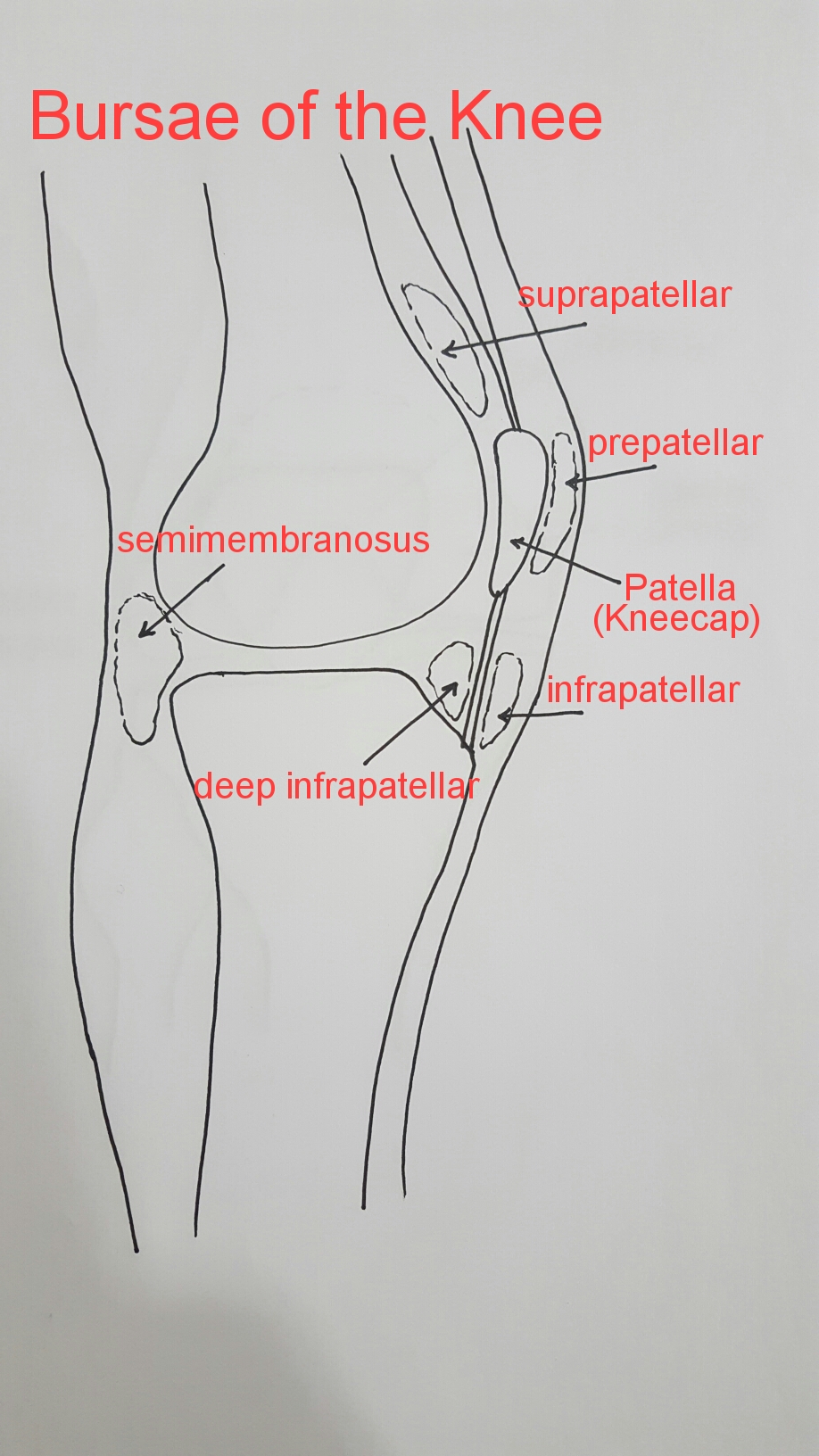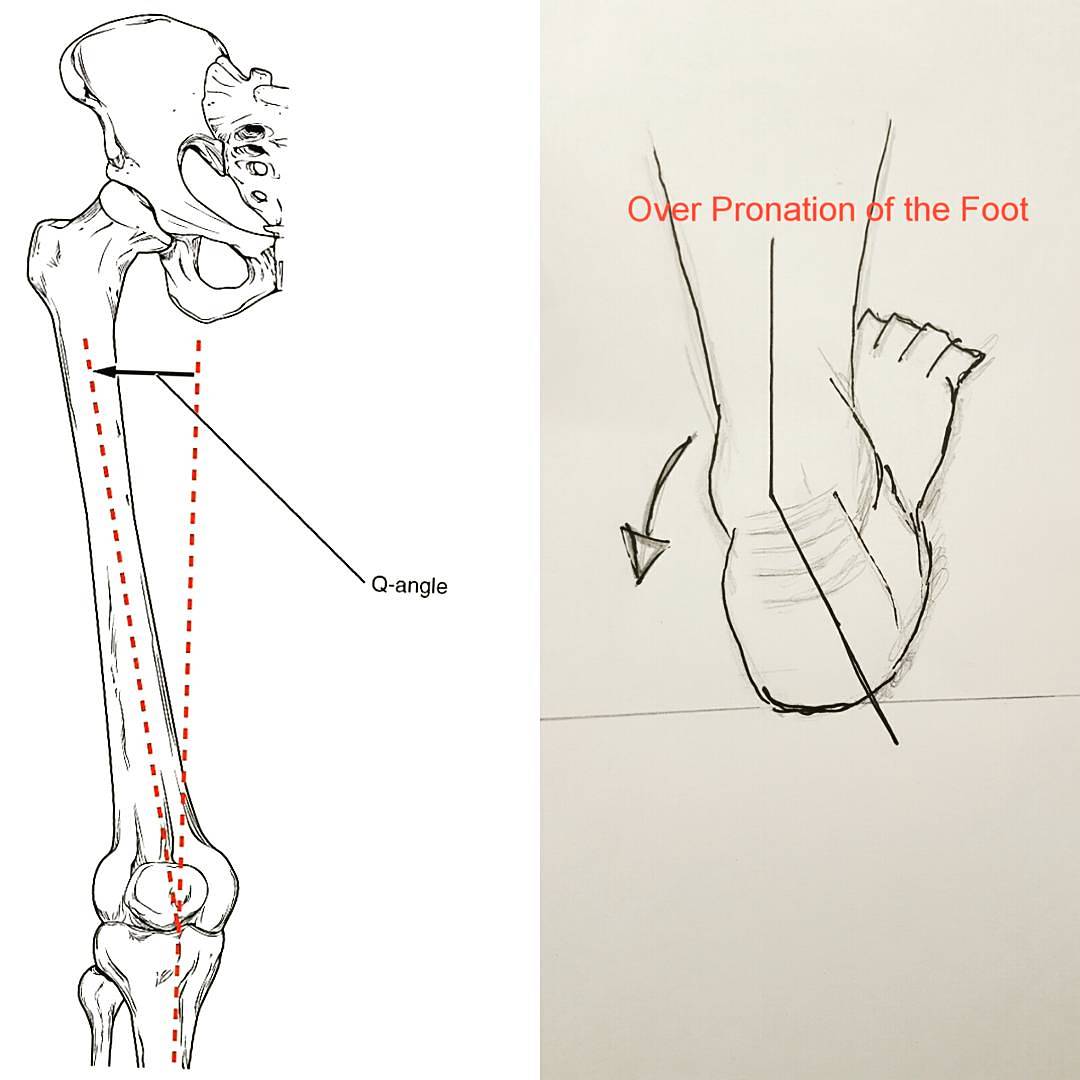
FRONT OF KNEE PAIN – HOFA’S SYNDROME
FRONT OF THE KNEE PAIN and HOFA'S SYNDROME As mentioned in previous posts, Hofa's fat pad, along with the knee capsule is the MOST PAIN SENSITIVE STRUCTURE IN THE KNEE JOINT. The Fat Pad is found just below the kneecap, directly behind the patellar tendon. It acts as a cushiom between the kneecap and the thigh bone behind. Causes of Hofa's Fat Pad Pain: 1. Direct blow to the knee. 2. Poor Biomechanics - a large Q angle, pes planus, increased internal rotation of the shin bone, instability of the knee. 3. History of knee hyperextension. Signs and Symptoms of Hofa's Fat Pad Pain: • Banana shaped swelling and pain at the front of the knee below the kneecap • Worse for full extension of the knee or full bending of the knee •

Front of the Knee Pain: Bursitis
#KNEE PAIN AND #BURSITIS Bursae are sacs of fluid found between structures like bones and tendon to reduce friction between the structures as they move by one another. There are many around the knee. #INFLAMMATION of a bursa --> BURSITIS. The main bursae are labelled🔝 ------------------------------------------------------ Common Causes of Bursitis: • Trauma • Overuse • Infection ------------------------------------------------------ Important History Questions: 1. Occupation? carpenters or plumbers on their knees a lot 2. Red and Swollen? Very local and well defined. Not widespread. 3. Trauma? Fall or Hurt 4. Worse for fully BENDING the knee? 5. Pain on prolonged sitting in a low chair? Then it could be a bursitis ---------

Kneecap Pain Causes: Part 2 – The Q Angle
PATELLOFEMORAL PAIN CAUSES PART TWO: THE Q ANGLE The #Qangle (above left image) aka the Quadricep angle is formerd by: 1. A vertical imaginary line running from the tibial tuberosity (bone at the top of the shin bone under the kneecap) through the middle of the kneecap. 2. A line from the ASIS (Bone sticking out at the top of the leg on the hip bone) through the middle of the kneecap. The normal Q angle is said to be between 14 (males) to 17 (females) degrees. An angle of 18 degrees or more increases risk of knee pain and anterior cruciate ligament injury . This is because: 1. It increases the angle between the #patella and #quadricep #tendons --> potential injury. 2. The kneecap itself does not move in its groove as smoothly and there is am increased rate if de
